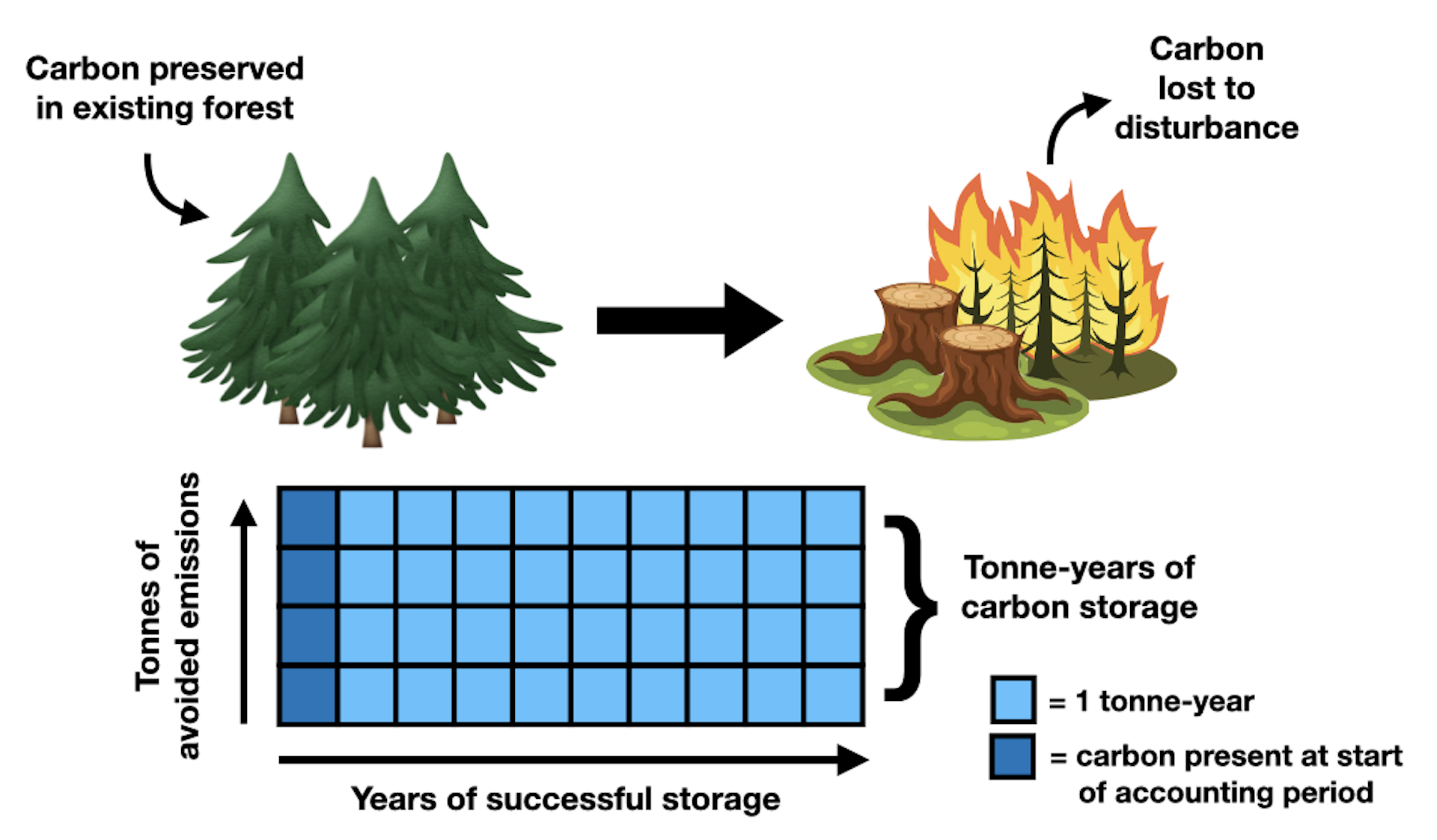 Forests and other natural carbon reservoirs play an important role in slowing and potentially reversing the effects of climate change. But any carbon stored in nature is vulnerable to either natural or human-caused disturbances. …Current accounting mechanisms for natural carbon storage do not adequately deal with the risk of loss due to disturbances. Typically, carbon offsets and removal credits focus only on the amount of carbon stored, and assume that this carbon will remain in storage indefinitely. But what if we measured and tracked both the amount and time of carbon storage? As we show in our new research published in Nature Communications, this can be done using the tonne-year metric — defined as the amount of carbon storage multiplied by the number of years that it remains stored. Tonne-years have so far been used to measure the equivalency of temporary to permanent carbon storage.
Forests and other natural carbon reservoirs play an important role in slowing and potentially reversing the effects of climate change. But any carbon stored in nature is vulnerable to either natural or human-caused disturbances. …Current accounting mechanisms for natural carbon storage do not adequately deal with the risk of loss due to disturbances. Typically, carbon offsets and removal credits focus only on the amount of carbon stored, and assume that this carbon will remain in storage indefinitely. But what if we measured and tracked both the amount and time of carbon storage? As we show in our new research published in Nature Communications, this can be done using the tonne-year metric — defined as the amount of carbon storage multiplied by the number of years that it remains stored. Tonne-years have so far been used to measure the equivalency of temporary to permanent carbon storage.


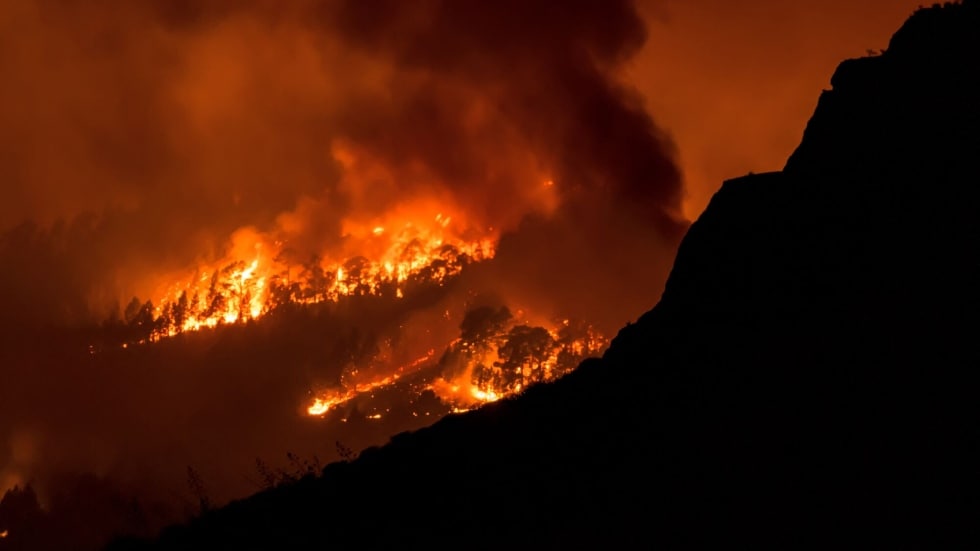







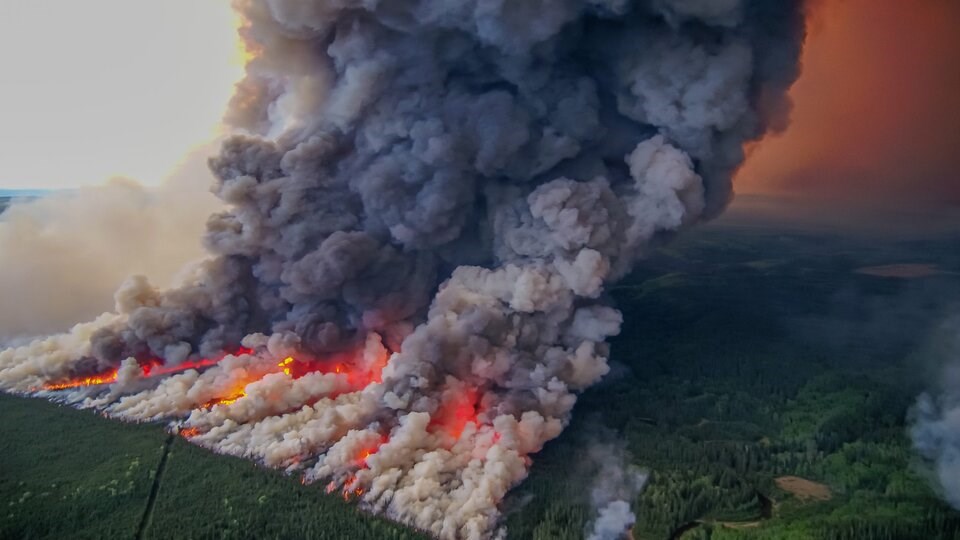


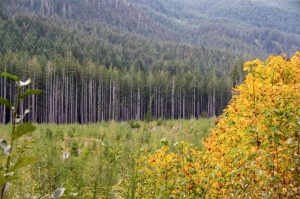 Since the passage of its landmark climate regulations 17 years ago, California has been a leader in the fight against global warming. The state reached its 2020 emissions target four years early. …But for all of California’s progress, some of it is being undercut by a problem with one of the state’s key climate policies, according to a research paper published Thursday. …In the first nine years of California’s cap-and-trade program, companies have purchased offsets representing more than 140 million tons of emissions to help meet their requirements. But the most frequently used type of offset project in the state program appears to deliver far fewer climate benefits than claimed, according to the peer-reviewed paper. Those projects, known as “improved forest management,” …accounted for more than 80% of the offsets issued under California’s program. …But IFM projects appear to cause the storage of little extra carbon, according to the researchers.
Since the passage of its landmark climate regulations 17 years ago, California has been a leader in the fight against global warming. The state reached its 2020 emissions target four years early. …But for all of California’s progress, some of it is being undercut by a problem with one of the state’s key climate policies, according to a research paper published Thursday. …In the first nine years of California’s cap-and-trade program, companies have purchased offsets representing more than 140 million tons of emissions to help meet their requirements. But the most frequently used type of offset project in the state program appears to deliver far fewer climate benefits than claimed, according to the peer-reviewed paper. Those projects, known as “improved forest management,” …accounted for more than 80% of the offsets issued under California’s program. …But IFM projects appear to cause the storage of little extra carbon, according to the researchers.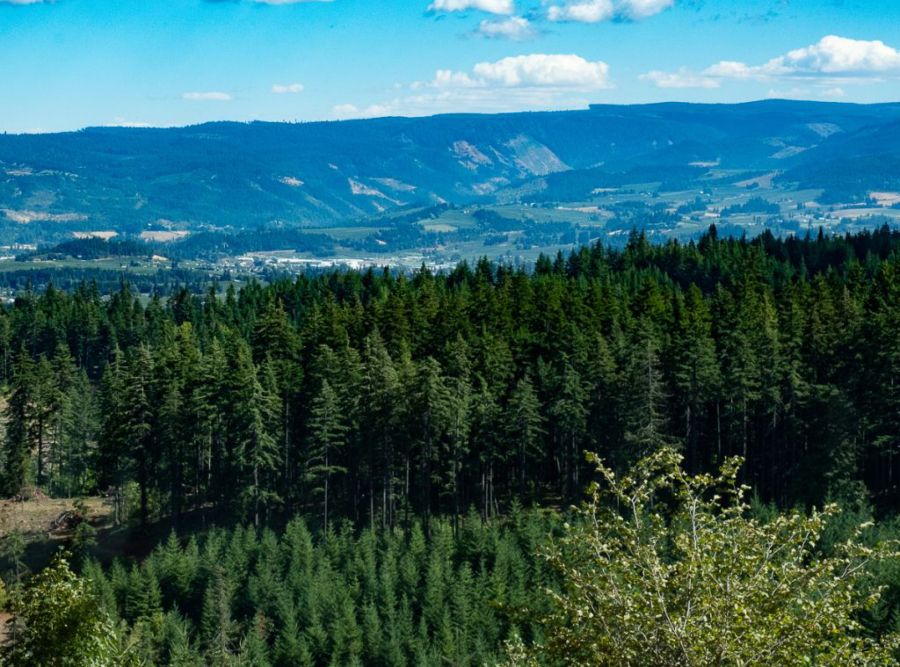
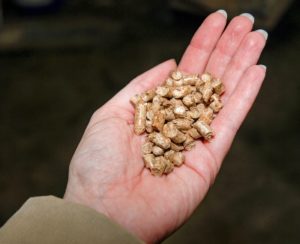 Microsoft has signed a carbon capture agreement to remove CO2 by burying charcoal. Carbon Streaming Corporation last week announced it will provide Microsoft with carbon removal credits from the Waverly Biochar project in Waverly, Virginia. “We’re pleased to work with Carbon Streaming to support the development of biochar as a carbon removal approach through the Waverly Biochar project. Carbon Streaming’s capacity to provide project-level finance is an important part of scaling this industry and it ensures we can focus on procuring carbon removal from high-quality projects,” said Brian Marrs, senior director of energy and carbon, Microsoft. …Carbon Streaming said the Waverly Biochar project is expected to deliver up to 10,000 tonnes of carbon dioxide removal credits per year towards Microsoft’s carbon negative target. The Waverly project will see a biochar production facility located at a wood pellet manufacturer in Waverly, in Virginia’s Sussex County.
Microsoft has signed a carbon capture agreement to remove CO2 by burying charcoal. Carbon Streaming Corporation last week announced it will provide Microsoft with carbon removal credits from the Waverly Biochar project in Waverly, Virginia. “We’re pleased to work with Carbon Streaming to support the development of biochar as a carbon removal approach through the Waverly Biochar project. Carbon Streaming’s capacity to provide project-level finance is an important part of scaling this industry and it ensures we can focus on procuring carbon removal from high-quality projects,” said Brian Marrs, senior director of energy and carbon, Microsoft. …Carbon Streaming said the Waverly Biochar project is expected to deliver up to 10,000 tonnes of carbon dioxide removal credits per year towards Microsoft’s carbon negative target. The Waverly project will see a biochar production facility located at a wood pellet manufacturer in Waverly, in Virginia’s Sussex County. The Louisiana Department of Environmental Quality (LDEQ) has issued a key permit to Strategic Biofuels LLC allowing the operator to proceed with development of subsidiary Louisiana Green Fuels LLC’s (LGF) proposed grassroots renewable fuels project to be built at the port of Columbia, in Caldwell Parish, La. Following a comprehensive technical review and public comment period, DEQ approved LGF’s application for an air permit—a first of its kind in the state—on Sept. 21 upon finding the project will not have an adverse impact on local air resources, Strategic Biofuels said. …the integrated project will include a biorefinery capable of producing nearly 32 million gal/year of renewable fuel from a feedstock of wood waste made up of timber byproducts supplied by responsibly managed, sustainable plantation forests within Louisiana.
The Louisiana Department of Environmental Quality (LDEQ) has issued a key permit to Strategic Biofuels LLC allowing the operator to proceed with development of subsidiary Louisiana Green Fuels LLC’s (LGF) proposed grassroots renewable fuels project to be built at the port of Columbia, in Caldwell Parish, La. Following a comprehensive technical review and public comment period, DEQ approved LGF’s application for an air permit—a first of its kind in the state—on Sept. 21 upon finding the project will not have an adverse impact on local air resources, Strategic Biofuels said. …the integrated project will include a biorefinery capable of producing nearly 32 million gal/year of renewable fuel from a feedstock of wood waste made up of timber byproducts supplied by responsibly managed, sustainable plantation forests within Louisiana.
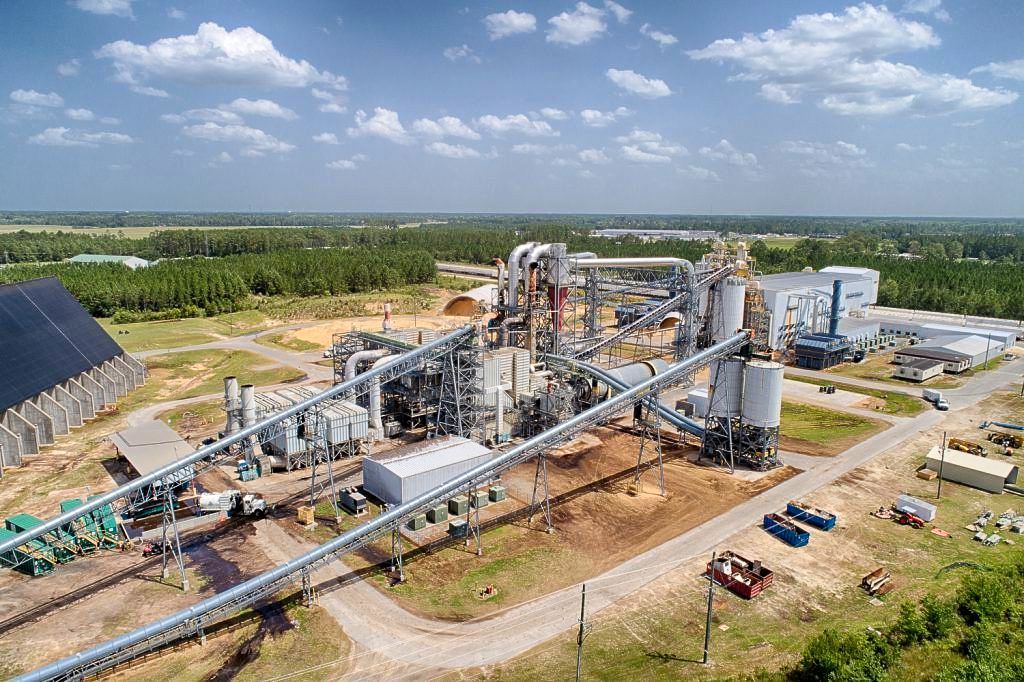

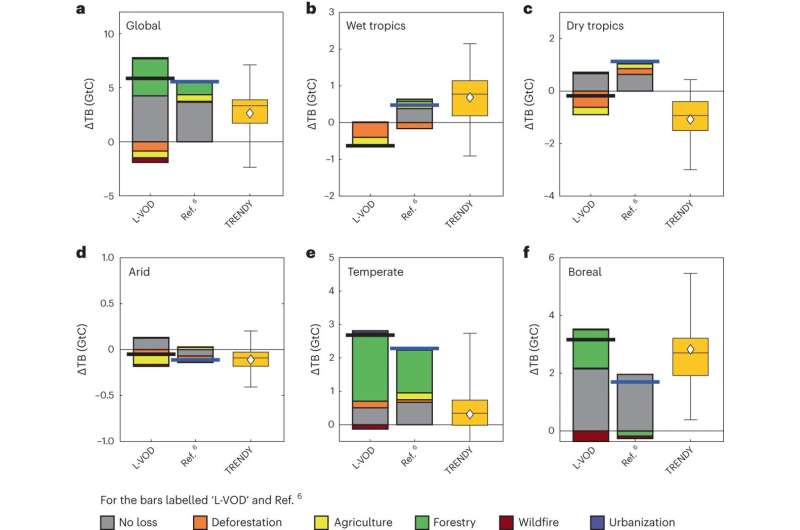
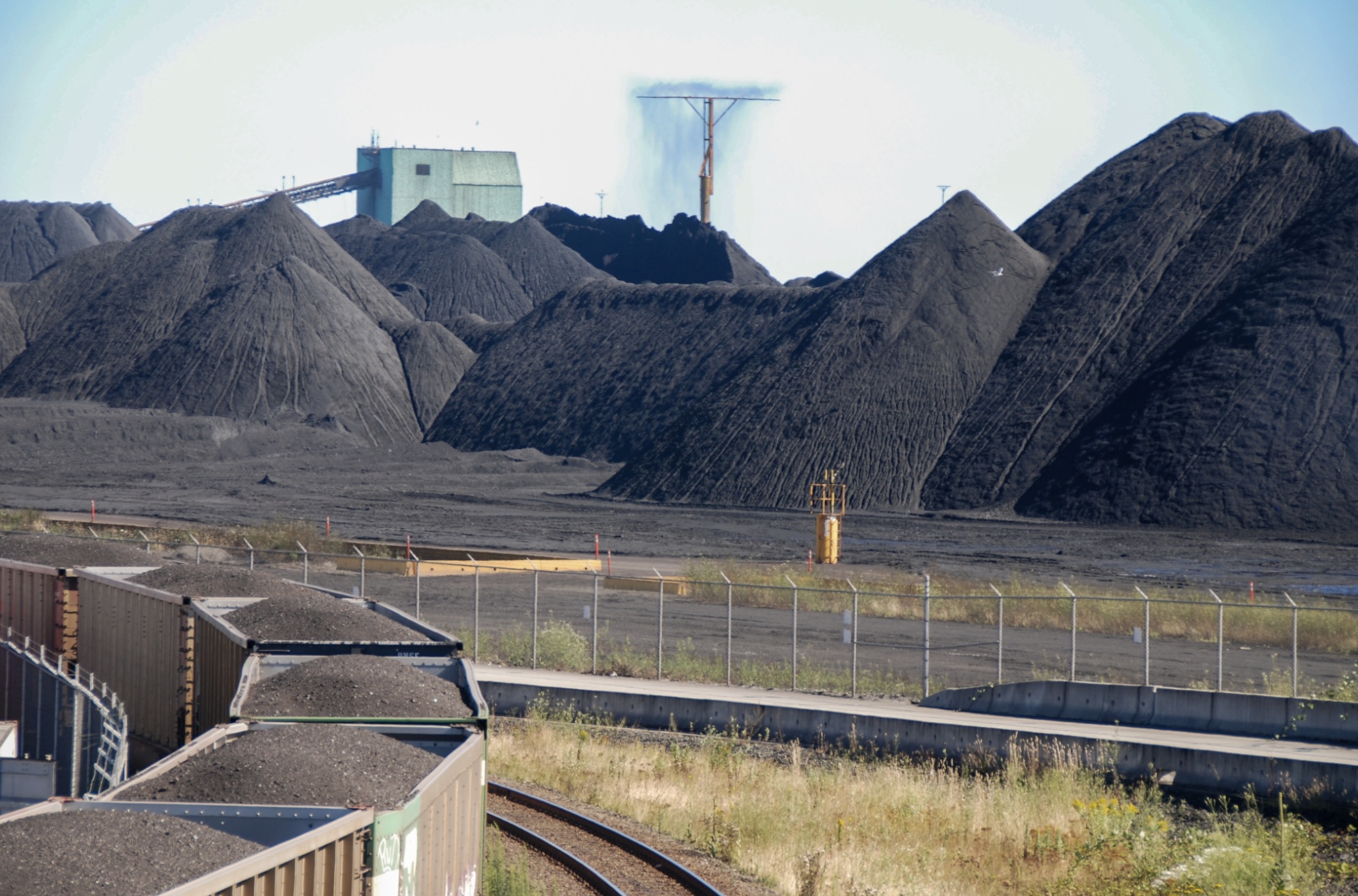 Big brands’ efforts to get coal out of their supply chains by encouraging a shift to biomass like wood pellets and rice husks is a “greenwashing tactic” that risks delaying a transition to cleaner energy sources and increasing deforestation, a group of 16 Indonesia-based environmental advocacy organisations have said. In an
Big brands’ efforts to get coal out of their supply chains by encouraging a shift to biomass like wood pellets and rice husks is a “greenwashing tactic” that risks delaying a transition to cleaner energy sources and increasing deforestation, a group of 16 Indonesia-based environmental advocacy organisations have said. In an 


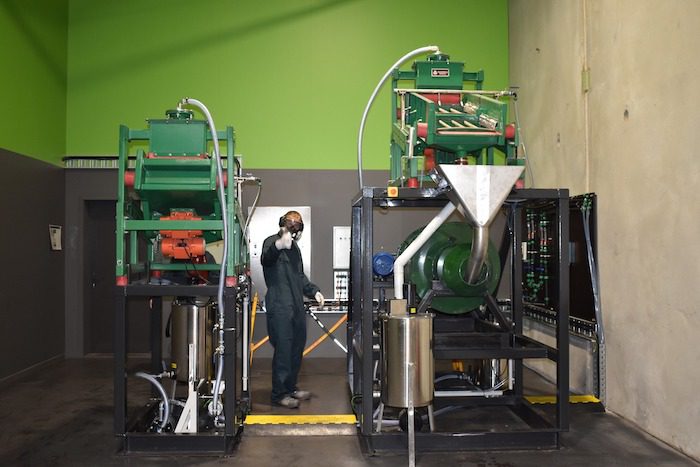
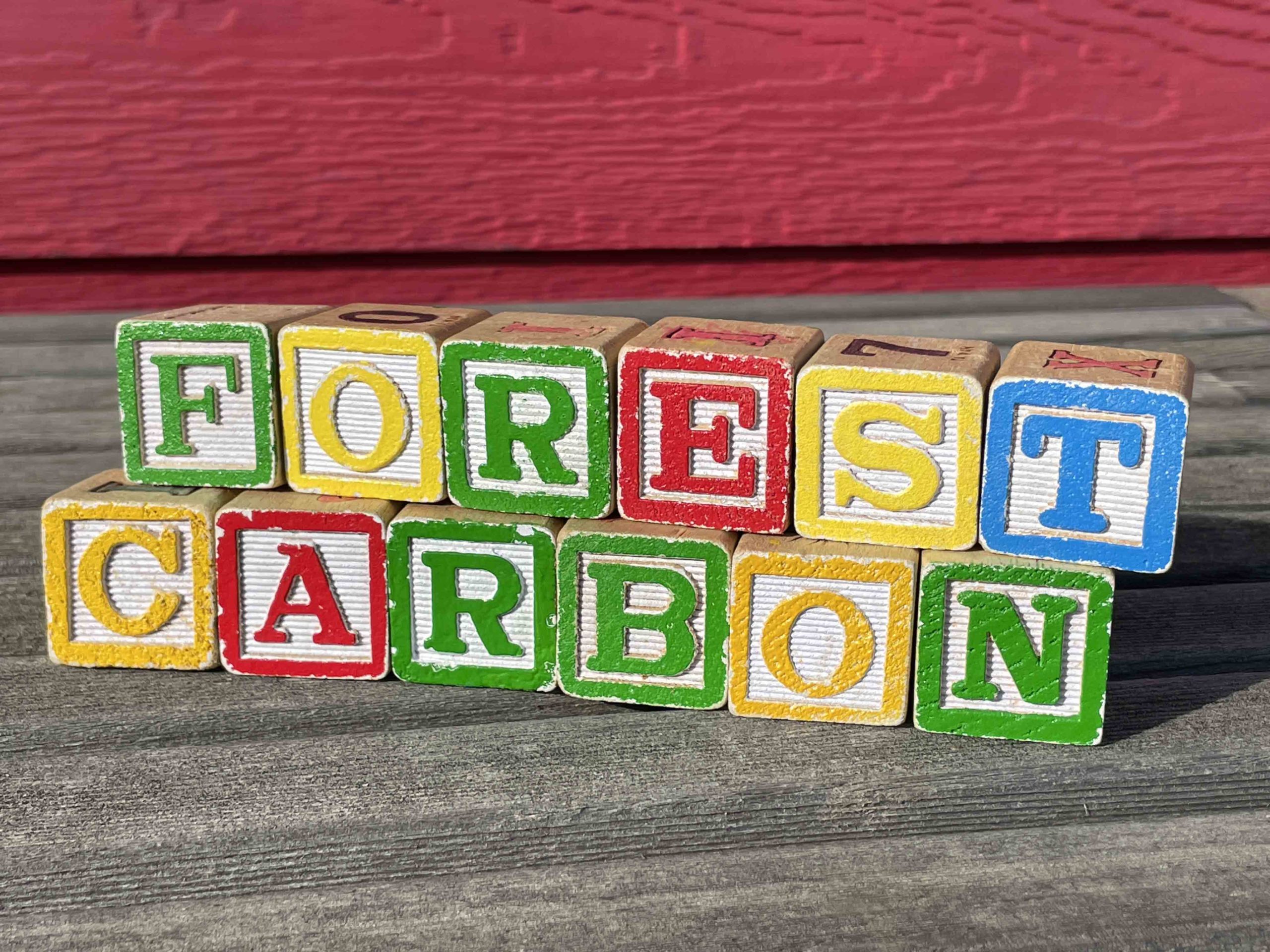 In a move to secure a place in the emerging carbon market, two Australian forestry sector veterans have launched the International Sustainable Forestry Coalition (ISFC). The coalition will tackle climate finance and market mechanisms, pushing for coherent and implementable solutions. Comprising 10 founding companies, managing nine million hectares of forest across 27 countries, the coalition will lean on the United Nations and COP-related processes that are critical for transforming forestry into an investible asset class. Ross Hampton, a seasoned Australian forestry sector lobbyist, will lead the ISFC, along with chair David Brand, an industry executive. …forestry has remained largely unrepresented in global discussions. …By championing a unified, global voice, the coalition seeks to harness an industry set to become a vital part of a market already worth US$100 billion. It aims to fulfil the industry’s potential, not only as an asset class but as a crucial part of global decarbonisation efforts.
In a move to secure a place in the emerging carbon market, two Australian forestry sector veterans have launched the International Sustainable Forestry Coalition (ISFC). The coalition will tackle climate finance and market mechanisms, pushing for coherent and implementable solutions. Comprising 10 founding companies, managing nine million hectares of forest across 27 countries, the coalition will lean on the United Nations and COP-related processes that are critical for transforming forestry into an investible asset class. Ross Hampton, a seasoned Australian forestry sector lobbyist, will lead the ISFC, along with chair David Brand, an industry executive. …forestry has remained largely unrepresented in global discussions. …By championing a unified, global voice, the coalition seeks to harness an industry set to become a vital part of a market already worth US$100 billion. It aims to fulfil the industry’s potential, not only as an asset class but as a crucial part of global decarbonisation efforts. Dr. Matthieu Bourdon … at the Friedrich Miescher Institute for Biomedical Research– and colleagues have taken a different approach to understanding woody biomass. They took callose, a polymer that is naturally occurring in some cell walls of plants, and successfully engineered it into the specialised secondary cell walls of plants — the wood. Published in
Dr. Matthieu Bourdon … at the Friedrich Miescher Institute for Biomedical Research– and colleagues have taken a different approach to understanding woody biomass. They took callose, a polymer that is naturally occurring in some cell walls of plants, and successfully engineered it into the specialised secondary cell walls of plants — the wood. Published in  After the UK renewable energy auction that failed to garner a single offshore wind contract, the government may need to extend deals with the likes of Drax Group to keep their coal and biomass power stations going for longer. …Saying the auction had “flopped”, Investec analysts predicted that Downing Street will now need to agree on a deal with Drax. The power company has been facing some uncertainty as the existing subsidy to provide electricity from burning wood pellets ends in 2027. Though it has taken some encouragement from recent government support for some of its activities, Drax has claimed it faces a gap in its funding, with its £2bn carbon capture project not expected until 2030. The Investec analysts said: “Keeping Drax on the system post March 2027 looks ever more important.”
After the UK renewable energy auction that failed to garner a single offshore wind contract, the government may need to extend deals with the likes of Drax Group to keep their coal and biomass power stations going for longer. …Saying the auction had “flopped”, Investec analysts predicted that Downing Street will now need to agree on a deal with Drax. The power company has been facing some uncertainty as the existing subsidy to provide electricity from burning wood pellets ends in 2027. Though it has taken some encouragement from recent government support for some of its activities, Drax has claimed it faces a gap in its funding, with its £2bn carbon capture project not expected until 2030. The Investec analysts said: “Keeping Drax on the system post March 2027 looks ever more important.”